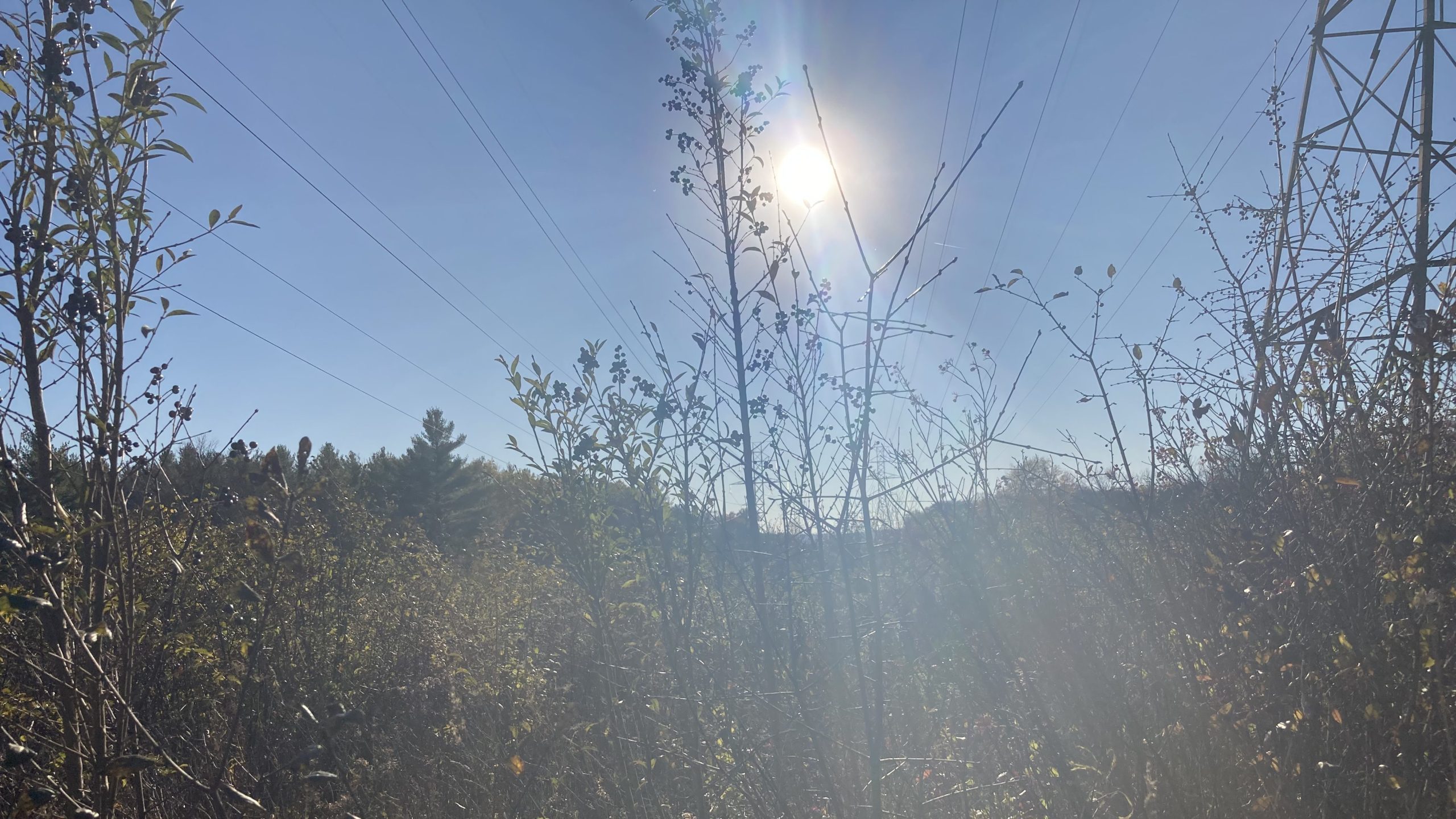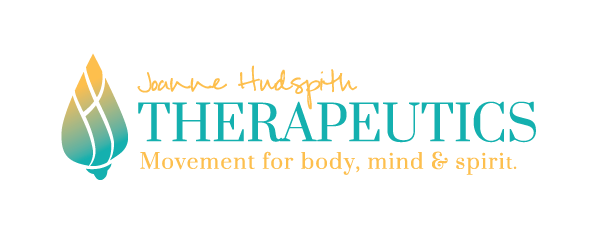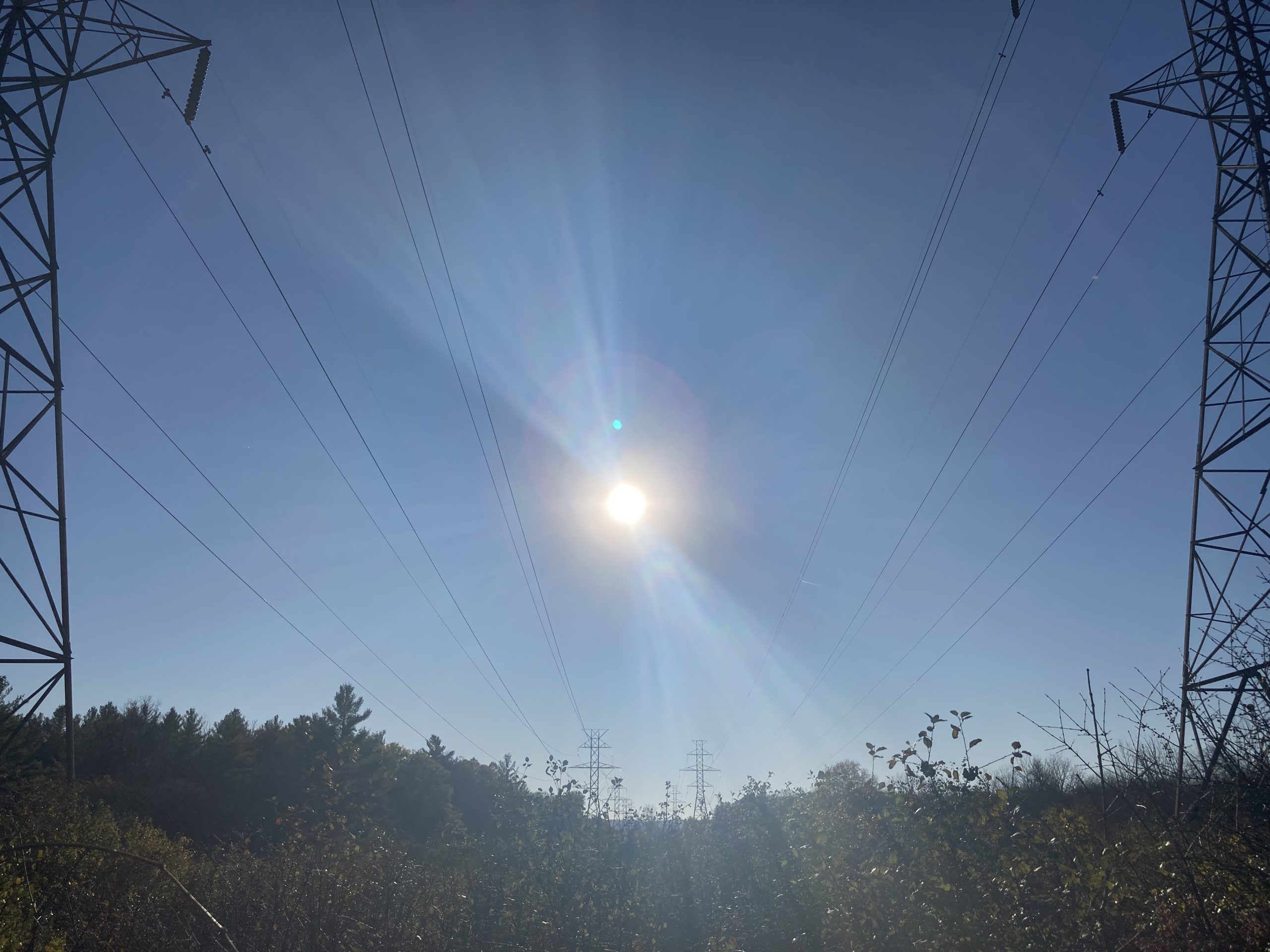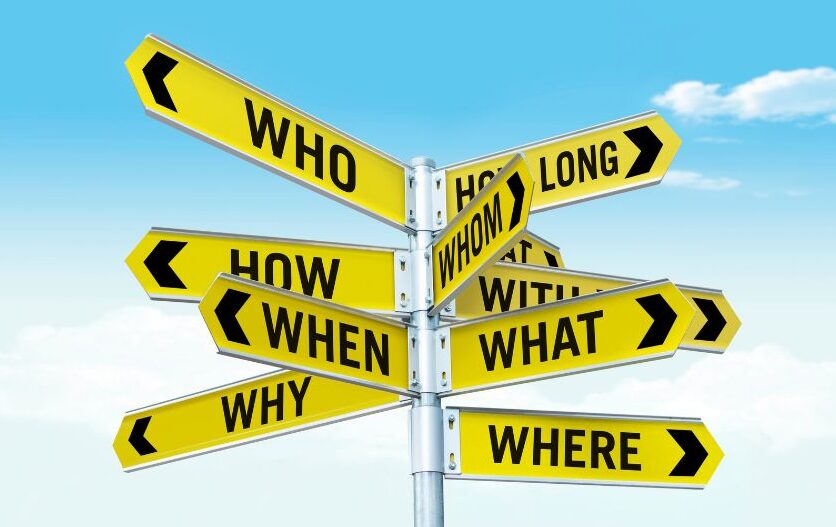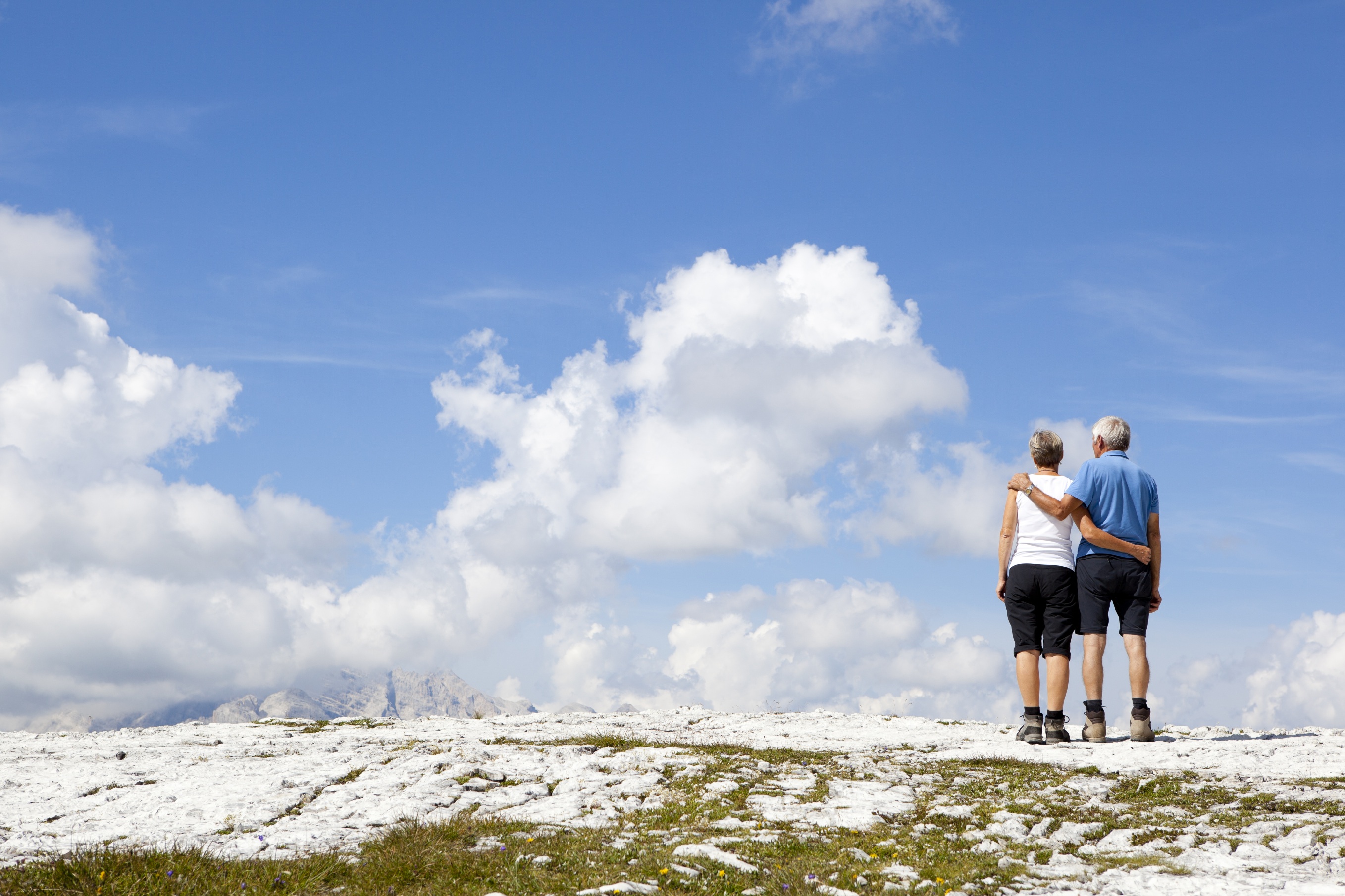I’ve been thinking a lot about connections lately – the connections that exist within us, in our relationships with each other, in our communities, and between us and our environments.
The human body contains trillions of individual cells, each with their own structure and function, and I think it is in the relationships of these cells that the miracle of our being emerges. What is more important – the structure of an individual cell or the extracellular matrix that helps cells to attach to and communicate with each other? I’m not a biochemist, so I’m not sure how they would answer that question, but I think the important thing is how information is communicated to and from the cells, and how they then function as components of the larger structures within us, the systems that keep us ticking – nervous, respiratory, circulatory, lymphatic, musculoskeletal, digestive, to name a few. It’s my understanding that for a cell to function, its walls must be semipermeable, providing structure while allowing materials to enter and exit. If the walls stop being permeable, the cell dies.
I enjoy thinking about the repeating patterns that exist in smaller and larger structures. I’m fascinated by the ways that our fascia echoes the function of that fluid between our cells, supporting and communicating with organs, muscles, skin. The strength of my connective tissue is in its versatility, in its ability to adapt. If it’s always rigid, it won’t function (and I won’t be able to move). If it’s always elastic, I won’t have the support I need to get through my day. Those of you who have worked with me know that this is something I think about and work with a lot.
Teaching and learning go hand in hand; I learn the most about a concept by teaching it. As I’ve taught my students (and myself) how to move with less pain and to become stronger and more resilient, I’ve begun to recognize that similar principles effect change in the relationships beyond the surface of my skin. As you’ve opened these newsletters over the past few years you’ve seen me starting to connect those dots, and I’m continuing to do so.
Lately I’ve been thinking about the spaces between myself and others, about the permeability of my cell walls – the thickness of my skin, both literally and metaphorically. I’ve been thinking about the ways I receive and transmit energy, what I do with my waste, the ways I function in my communities, and how those communities can be affected by my choices. What is the extracellular matrix between you and me? Between myself and the earth, the trees, the water and the atmosphere? What structures am I a part of, and how do I help (or hinder) them? I feel my cell walls hard and brittle in some areas and crumbling in others. There are some parts of my life in which I’d like to be stronger, more powerful; and there is also room in some places for more softness and yielding.
I don’t think I’m the only one who feels this way; the past two years have been so hard in so many ways, but out of the experience of feeling fragile, brittle, and at times utterly helpless and out of control, a calling has emerged. I’m continuing to connect the dots for myself, and ultimately for others, by writing a book. My book is a guided journey inward; I’m using the lessons I’ve learned from moving and applying them to other areas of life. By learning to feel and becoming more intimate with our inner landscape, we can start to make choices that will grow our strength and resilience, and become more skillful at responding to the inevitable stresses of life.
Researching the book is one of the motivators for the learning I’m doing these days, and I’m enjoying the ways it is challenging me, growing me and spilling over into other areas of my life. There’s a synchronicity about the ways seemingly disconnected parts of my life are reaching in and tapping me on the shoulder, reminding me that I’m on the right track.
A podcast that recently had a profound effect on me was an interview on the Stop Chasing Pain podcast with neuroscientist Lisa Feldman Barrett. It was a fascinating conversation about the role the brain plays in the ways we experience pain, the predictive patterns used by the brain and the metabolic cost of learning or thinking outside of those patterns. Lots of “a-ha moments” and I’ll never think about brain power the same way again!
A book I read earlier this year has continued to roll around in my mind and inform my thinking and feeling. Sensuous Knowledge by Minna Salami has offered articulation and exploration of a dissonance I’ve experienced for some time – the ways that our society attaches more value to intellectual skills and abilities than knowledge gained through sensing. Written through a black feminist lens, it is helping me to see the ways the institutions and organizations of our society have been built according to Euro-patriarchal values, and the ways we all suffer because of the many power imbalances that have ensued. Reading this book has expanded my way of thinking and given words to what my gut has been sensing for some time. It has helped me to see the importance and urgency of the work that I do, and to wonder about the possibilities that exist when we place equal value on both intellectual knowledge and the knowing that is gained through felt experience.
